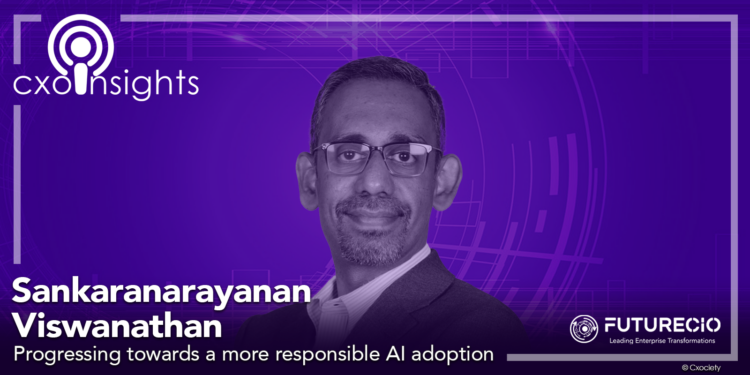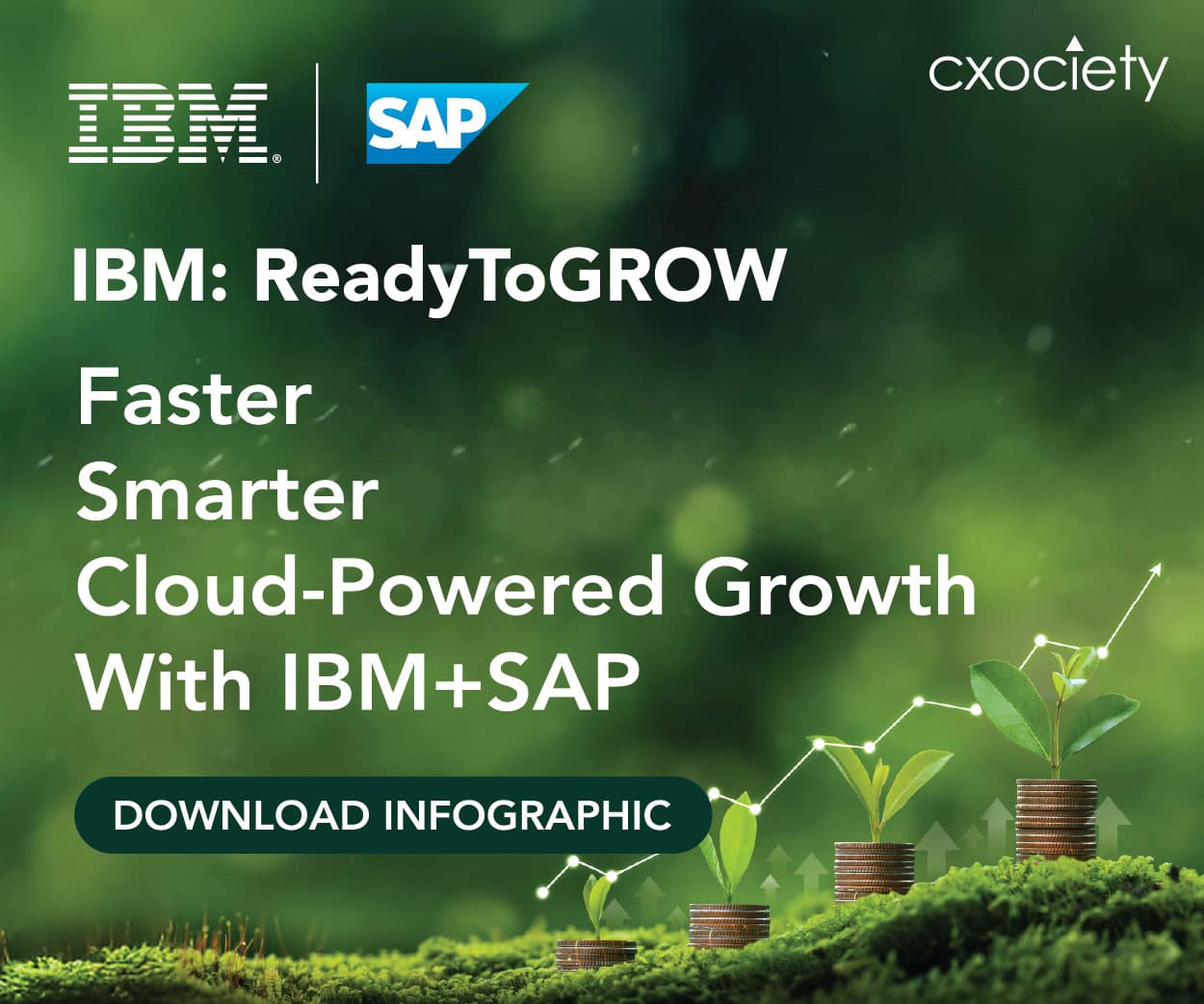"AI is artificial intelligence, not artificial insanity," said Sankaranarayanan Viswanathan, VP & Head of Business Innovation, Corporate Technology Office at Tata Consultancy Services. But sometimes, the line between intelligence and insanity blurs. As businesses race to adopt AI, they must tread carefully to ensure responsible and ethical use.
Any tool, if misused, can create long-term problems and disruptions. With AI becoming an integral part of business operations, responsible AI practices are no longer optional but a pressing necessity for sustainable success.
To guide enterprises in their AI journey, Viswanathan introduces a structured approach for organisations to become responsible AI users.

"AI is artificial intelligence, not artificial insanity." Sankaranarayanan Viswanathan
Defining responsible AI
Viswanathan emphasises that AI is far more than a product or an assistant; it is an entirely new class of software.
"We don't see generative AI as just another product or assistant. It's an evolution in software, deeply embedded in systems, that will become the new intelligence layer of enterprises. And when you view it that way, the definition of responsible AI becomes much broader," he explained.
For him, responsible AI starts at the design stage. Choosing the right AI model has a direct impact on outcomes. Enterprises often require explainable and predictable AI, which he acknowledges not all AI models can provide.
“The choice of prudent models is crucial for building a responsible AI system. You have to be very clear right from the design stage," he said.
Additionally, according to Viswanathan, responsible engineering is one of the pillars of responsible AI. AI requires curated data to function effectively. He stresses that responsible AI is not just about avoiding bias or ensuring truthfulness but about making AI work in the right way within an enterprise.
"We have to curate data so that you can train and moderate these models to perform effectively. Responsible AI is not about bias; it is just not about being truthful."
Further, he said that responsible AI has constraints and non-negotiables because it will impact customers, users, and profits. Since AI lacks human intuition, the technology AI should be explicitly programmed to have strict rules and to follow them strictly.
"In a traditional enterprise without AI, people seldom take constraints for granted because it is inherently imbibed in human beings. We, as human beings, don't do certain things even if it is not being told explicitly," he said.
Fourth, he said AI must be evidently reliable: "How do you prove an AI system is responsible? We need demonstrable artefacts, not just assurances. Consistency and reliability are key aspects of responsibility."
Lastly, AI must be monitored constantly to ensure it operates within acceptable boundaries. Viswanathan said: “One of the favourite acronyms we use within TCS is AI should not become artificial insanity."
He adds that AI isn't just about model adherence or bias control. It's about tailoring AI to an enterprise's risks and customer needs.
Assess, analyse, align, act, audit.
Viswanathan said the company was inspired to create an easy-to-remember framework because they realised how companies are fascinated by AI, but some do not know how to implement it. TCS’s 5A approach includes assess, “Analyse, Align, Act, And Audit”, aiming to enable organisations to go through a methodical and practical AI adoption process.
"We realised it is equally important to build responsible AI ingrained into engineering rather than responsible AI as a separate discipline," the TCS executive said. "Having been in this engineering business for so long, we strongly felt it has to be deeply ingrained in engineering AI systems."
Viswanathan acknowledges that responsible AI adoption isn't just about technology but organisational change management.
"It takes time because AI isn't just about machines and software. It's about people working alongside AI. Managing this shift at scale is a major challenge," he said.
The biggest hurdle? Scaling responsible AI engineering.
"Bridging the gap between AI hype and real-world implementation requires engineering discipline. You can't compromise on that," he added. "Getting it done, eliciting that information, and codifying that in an engineering process is the biggest chasm we should not compromise on."
Put people first
In implementing AI in organisations, he reminds them to put people and processes first: "Forget about technology. I can make technology sing and dance the way it needs to be done. Don't worry about the type of technology. Don't worry about the type of AI models. Let's discuss your work. I reimagine your work in a way that it'll make you more effective."
He reiterates that AI is not about replacing people, saying that at the core of AI systems is about boosting human effectiveness.
"Don't put the cart in front of the horse. It is people and processes first who direct outcomes for the enterprise." Sankaranarayanan Viswanathan
"Forget about systems. How do you do your work? Then, reimagine AI around it. Reimagine the responsibility around it. Then, the adoption is far, far different. Never, ever put AI first. Don't put the cart in front of the horse. It is people and processes first who direct outcomes for the enterprise. From there, we drive transformation," he said.
Built-in, not afterthought
Viswanathan urges businesses to embed responsible AI principles by default:"Don't use it as a plug-in. You must design, build, assure, and operate AI systems with responsibility, built-in reliability, and assurance capabilities. That is an art form right now, and that is exactly where people should focus on and not as an afterthought."
As AI technology evolves, he warns against a one-size-fits-all approach to responsible AI, saying that “every enterprise has different risks, industries, and customers. Responsible AI must be calibrated to fit each organisation rather than applying a generic solution," he explained.
Excitement to execution
For businesses looking to deploy AI, Assess, Analyse, Align, Act, and Audit offer a structured path to bridge the gap between excitement and execution.
As AI becomes embedded in business processes, its long-term success hinges on how responsibly it is implemented.





